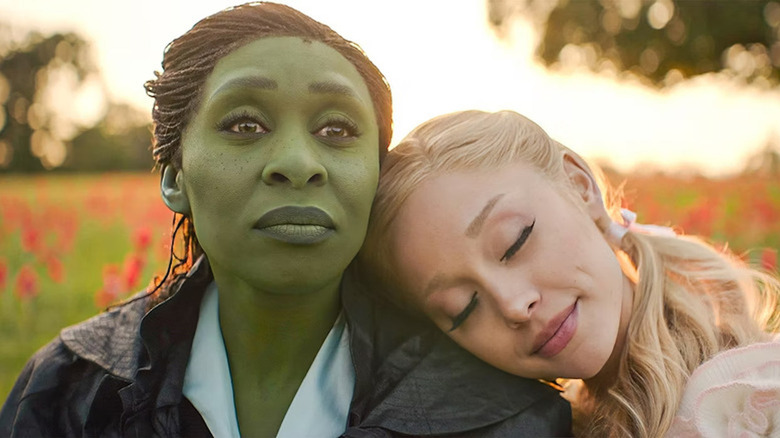
For most of its existence, the Academy of Motion Picture Arts and Sciences (AMPAS) has maintained an illustrious aura around its highest honor, the Best Picture Oscar. There have been egregious missteps in this category to be sure (e.g. “How Green Was My Valley” over “Citizen Kane” in 1941, “Driving Miss Daisy” over the not-even-nominated “Do the Right Thing” in 1989, and “Green Book” over anything projected onto a theater screen in 2018), but for the most part, Academy voters wind up zeroing in on a worthy winner; that film may not be your favorite of the year, but you can at least stomach it taking the top prize.
One reason the Best Picture Oscar is so coveted is that everyone in the AMPAS membership, from actors to publicists, gets to participate in the nominating process. Whereas nominees in other categories tend to be determined by members of each branch, Best Picture is a free-for-all, which makes it the truest reflection of how the industry feels about the state of motion pictures (and, to a degree, society) in that given year. Sometimes a movie hits hard at the moment (“The Best Years of Our Lives” may be the best example of this), while other times a movie is clearly a timeless classic upon arrival (like “The Silence of the Lambs”).
So how does a movie rise above the vast majority of its competition to become a Best Picture nominee? There’s an actual number of votes that’ll get the film over the threshold, and it changes from year to year.
The Best Picture category has a magic number
For most of the Academy Awards’ existence (i.e. from 1944 to 2008), the Best Picture category got winnowed down each year to five nominees. This changed in 2009 when AMPAS expanded the field by reacting to criticism over critically acclaimed blockbusters like “The Dark Knight” failing to make the final five. Initially, this size of the expansion would be determined each year depending on vote totals; the field could go as big as 10 and as small as five. Finally, the Academy switched to a fixed field of 10 nominees, which is probably good news for box office smashes like “Wicked” and maybe “Gladiator II” (if only because last year’s Best Director winner, Christopher Nolan, is out stumping for it).
Over the last year, AMPAS added 108 members, which brings its voting membership total to 9,905 (in case you’re wondering, the Actors Branch is still the biggest at 1,258 members, but the Executives Branch, currently at 758, is gaining more members each year — which is not a great commentary on AMPAS’ artistic values). This means the magic number required to lock in a Best Picture nomination in 2024 is 901 first-place votes. This total is arrived at via ranked-choice voting wherein each member submits a list of anywhere between their top five and 10 movies of the year.
In terms of counting these votes, first-place selections are determined first. The lowest-ranked films are then eliminated, at which point second-place votes are tallied, and so on. And that’s how the Academy will arrive at its final 10 Best Picture nominees, which will be announced on January 17, 2025. I’m told “Madame Web” has already been eliminated.



Leave a Reply